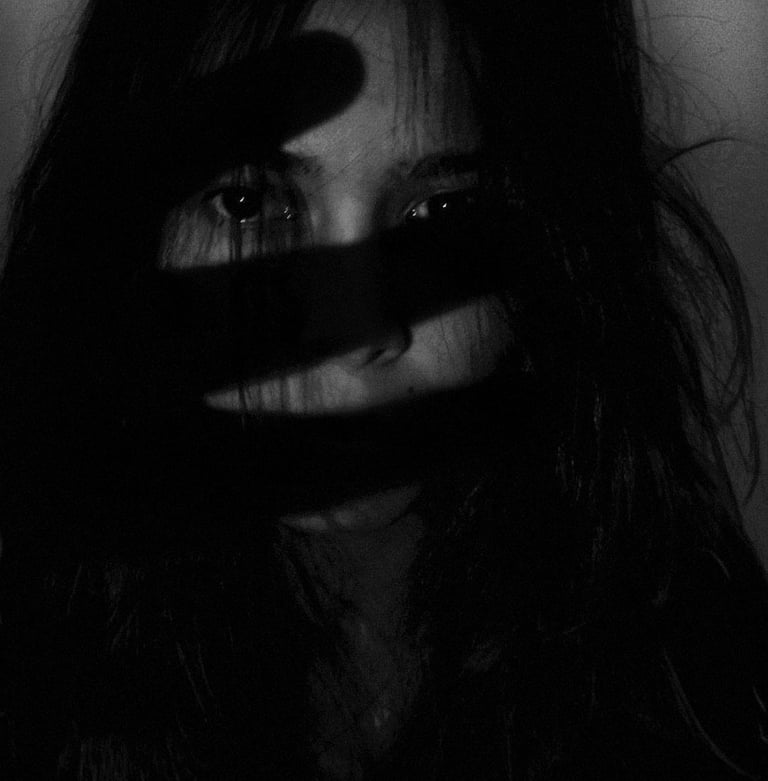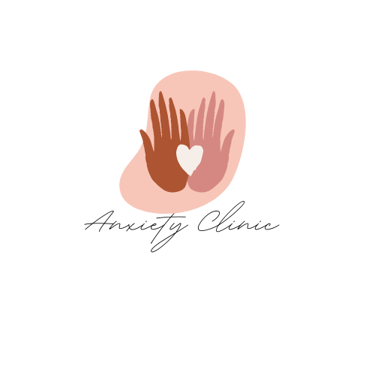For Questions: Text (833)233-0869
Yoga and Its Effects on Anxiety Reduction: An In-Depth Exploration


Introduction
Anxiety is a common mental health issue affecting millions of people worldwide. It manifests in various forms, such as generalized anxiety disorder, social anxiety, panic attacks, and more. While traditional treatments like therapy and medication are widely used, alternative methods like yoga have gained popularity for their holistic approach to mental wellness. This article explores the relationship between yoga and anxiety reduction, delving into the science behind it, the types of yoga practices beneficial for anxiety, and how individuals can incorporate yoga into their daily lives to alleviate anxiety symptoms.
Understanding Anxiety
Before diving into yoga's effects on anxiety, it's crucial to understand what anxiety is and how it affects the body and mind. Anxiety is a natural response to stress, characterized by feelings of worry, nervousness, or fear. These feelings can be mild or severe and can interfere with daily activities. Chronic anxiety can lead to physical symptoms such as increased heart rate, muscle tension, headaches, and digestive issues.
The Science of Anxiety
Anxiety triggers the body's fight-or-flight response, releasing stress hormones like cortisol and adrenaline. While this response is essential for survival, prolonged activation can harm the body and mind. Chronic anxiety can lead to conditions such as heart disease, hypertension, and mental health disorders.
Yoga: A Holistic Approach
Yoga is an ancient practice that originated in India over 5,000 years ago. It combines physical postures (asanas), breath control (pranayama), meditation, and ethical principles to promote overall well-being. Yoga aims to create a balance between the body, mind, and spirit, making it an effective tool for managing stress and anxiety.
How Yoga Affects the Body and Mind
Yoga's impact on anxiety can be attributed to its ability to regulate the body's stress response and promote relaxation. Here are some ways yoga helps reduce anxiety:
Reduces Stress Hormones: Yoga has been shown to lower cortisol levels, the primary stress hormone. Lower cortisol levels can reduce the physical symptoms of anxiety, such as increased heart rate and muscle tension.
Enhances Mood: Yoga stimulates the production of endorphins and other neurotransmitters, such as serotonin and dopamine, which are associated with feelings of happiness and well-being.
Improves Sleep: Anxiety often disrupts sleep patterns, leading to insomnia or poor-quality sleep. Yoga promotes relaxation and helps regulate sleep patterns, leading to better rest and reduced anxiety.
Encourages Mindfulness: Yoga emphasizes mindfulness, the practice of staying present and fully engaging with the current moment. Mindfulness helps individuals break the cycle of anxious thoughts and promotes a sense of calm.
Increases Heart Rate Variability (HRV): A higher HRV indicates a healthy autonomic nervous system and a greater ability to handle stress. Yoga practices, particularly those focusing on breath control, can increase HRV and enhance the body's resilience to stress.
Scientific Evidence Supporting Yoga for Anxiety
Numerous studies have demonstrated yoga's effectiveness in reducing anxiety symptoms. For example, a 2018 meta-analysis published in the journal Depression and Anxiety found that yoga significantly reduced anxiety symptoms in people with anxiety disorders. Another study in the Journal of Alternative and Complementary Medicine found that participants who practiced yoga experienced significant reductions in anxiety and improvements in mood.
Types of Yoga for Anxiety Reduction
While all forms of yoga can be beneficial for mental health, certain types are particularly effective for reducing anxiety. Here are some yoga styles and practices that are especially helpful:
Hatha Yoga
Hatha yoga is a gentle practice that focuses on basic postures and breathing exercises. It's an excellent starting point for beginners and those looking for a calming, slow-paced practice. Hatha yoga helps build physical strength and flexibility while promoting relaxation and stress relief.
Vinyasa Yoga
Vinyasa yoga, also known as flow yoga, involves a series of postures linked together in a flowing sequence. This style emphasizes breath-synchronized movement, helping practitioners stay present and focused. Vinyasa yoga can be both energizing and calming, making it a versatile option for anxiety management.
Restorative Yoga
Restorative yoga involves passive, supported postures held for extended periods. This practice aims to deeply relax the body and mind, promoting a sense of calm and tranquility. Props such as bolsters, blankets, and blocks are used to support the body, allowing practitioners to release tension and stress.
Yin Yoga
Yin yoga targets the connective tissues, such as ligaments and fascia, through long-held, passive postures. This practice encourages deep relaxation and mindfulness, helping to release physical and emotional tension. Yin yoga is particularly beneficial for reducing anxiety and promoting inner stillness.
Kundalini Yoga
Kundalini yoga combines physical postures, breath control, meditation, and chanting to awaken and balance the body's energy. This practice aims to promote spiritual growth and mental clarity, making it an effective tool for managing anxiety and enhancing overall well-being.
Pranayama (Breath Control)
Pranayama, or breath control, is a fundamental aspect of yoga that involves various breathing techniques. Pranayama practices, such as deep diaphragmatic breathing, alternate nostril breathing, and the 4-7-8 breath, can help calm the nervous system, reduce stress, and alleviate anxiety.
Incorporating Yoga into Daily Life
To experience the full benefits of yoga for anxiety reduction, consistency is key. Here are some tips for incorporating yoga into your daily routine:
Start Small: Begin with short, manageable sessions, gradually increasing the duration as you become more comfortable. Even a 10-15 minute daily practice can make a significant difference.
Create a Dedicated Space: Designate a quiet, clutter-free area in your home for your yoga practice. Having a dedicated space can help you establish a routine and make your practice more enjoyable.
Set Realistic Goals: Set achievable goals for your yoga practice, such as practicing three times a week or attending a certain number of classes per month. Setting realistic goals can help you stay motivated and track your progress.
Use Online Resources: Many online platforms offer guided yoga classes and tutorials, making it easy to practice yoga from the comfort of your home. Look for classes specifically designed for anxiety reduction.
Listen to Your Body: Pay attention to how your body feels during and after each practice. Yoga should feel good and help you relax, not cause pain or discomfort. Modify postures as needed and honor your body's limits.
Combine Yoga with Other Stress-Reduction Techniques: Yoga can be even more effective when combined with other stress-reduction techniques, such as meditation, journaling, and spending time in nature.
Personal Stories: Yoga's Impact on Anxiety
Hearing personal stories of how yoga has helped others manage their anxiety can be inspiring and motivating. Here are a few testimonials from individuals who have experienced the positive effects of yoga on their mental health:
Sarah's Story
Sarah, a 32-year-old graphic designer, struggled with social anxiety for years. She found it challenging to attend social events and often felt overwhelmed in crowded places. After starting a regular yoga practice, Sarah noticed a significant improvement in her anxiety levels. "Yoga has taught me how to breathe through my anxiety and stay present in the moment. I feel more confident and less anxious in social situations now," she says.
Michael's Story
Michael, a 45-year-old teacher, experienced chronic anxiety and insomnia. He often lay awake at night, worrying about work and personal issues. After incorporating restorative yoga and pranayama into his nightly routine, Michael's sleep improved, and his anxiety decreased. "Restorative yoga helps me unwind and let go of the day's stress. The breathing exercises calm my mind and prepare me for a restful night's sleep," he shares.
Emma's Story
Emma, a 28-year-old student, dealt with panic attacks and generalized anxiety disorder. She found it difficult to focus on her studies and often felt overwhelmed by her emotions. Emma started practicing Kundalini yoga and noticed a profound change in her mental state. "Kundalini yoga has been a game-changer for me. The combination of physical postures, breathwork, and meditation has helped me find inner peace and control my anxiety," she explains.
Conclusion
Yoga is a powerful tool for reducing anxiety and promoting overall mental health. Its holistic approach addresses the physical, mental, and emotional aspects of well-being, making it an effective alternative or complement to traditional anxiety treatments. By incorporating yoga into your daily routine and exploring different styles and practices, you can experience the transformative effects of yoga on anxiety reduction.
Whether you're a beginner or an experienced practitioner, yoga offers a wide range of benefits that can help you lead a calmer, more balanced life. Start your journey today and discover how yoga can help you manage anxiety and enhance your overall well-being.
